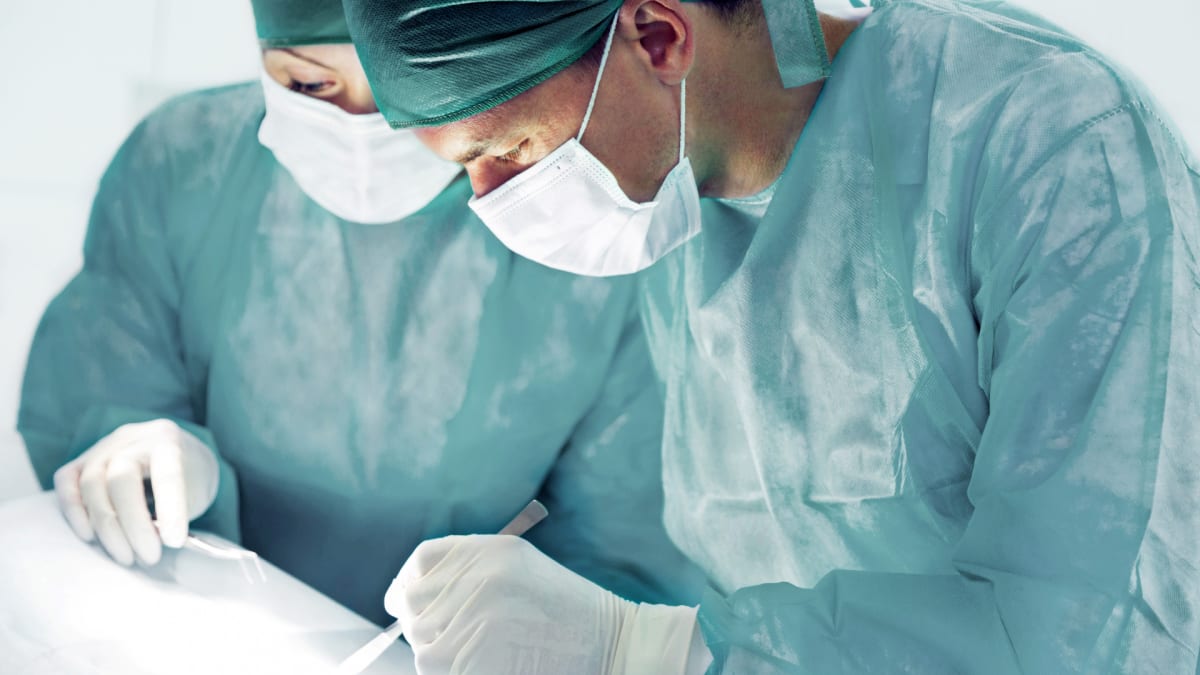



You have no doubt heard of clinical rotations, even before you entered med school. But what are they, exactly? Your clinical rotations allow you to apply the practices you learned in the classroom, treating patients and trying different specialties. This is when it will all begin to feel real to you, as you are diagnosing and treating patients with knowledge you gained in the classroom, treating them with medications you have previously memorized in your coursework. Let’s take a closer look at what happens during clinical rotations.
Medical school is divided into pre-clinical and clinical work. In your pre-clinical coursework, which usually lasts for two years, you will study the human body, how it functions, and different diseases that can affect it. You will learn from textbooks, lectures, and lab work, absorbing complicated details about a wide range of topics, and trying to hold all of this information so you will be able to recall it when you take the USMLE or COMLEX exam. Your clinical work involves clinical rotations, where you get hands on experience, treating patients and prescribing medication.
Clinical rotations are required by the Association of American Medical Colleges and the American Osteopathic Association, and core rotations include obstetrics and gynecology, internal medicine, family medicine, pediatrics, psychiatry, neurology, and surgery. In addition to these rotations, medical students also get to choose elective rotations to pursue their interests. These elective rotations include specialties like cardiology, pathology, endocrinology, emergency medicine, and so on. Each rotation is four to eight weeks long, and students work as part of a team. Teams vary, but include other students, residents, and an attending physician, and sometimes fellows who have completed residency and are working on subspecialty training. Working on a team gives you the freedom to learn how to practice medicine without the stress of doing it completely on your own.
Why are clinical rotations important? Well, for one thing, they are a requirement for your degree program. Additionally, they give you an opportunity to make a good impression on the people who will be considering you for a residency program, and working different rotations can help you clarify your own interests so that you can make an educated decision about your career path. The primary reason that clinical rotations are important, though, is that they give you experience that you will need in order to truly understand the practice of medicine. By working with actual patients, you will learn the nuances of medical diagnoses that cannot be learned from a textbook. During your rotations, you will gain confidence and competency, and the hands-on training you will receive will be the foundation on which you will begin to build your medical career.
Rotations can be exciting, but they certainly have their challenges. You will have to learn acronyms and terminology that you may never have heard before, and you will be expected to keep up with your team. You will have to study for exams while also gaining practical knowledge, so you will need excellent time management skills. You will face patients who don’t respond well to treatment, people who get emotional, and negative outcomes that can leave you feeling shaken. You will need to learn caregiving skills along with medical skills, honing your bedside manner and developing strategies to build your resilience. Don’t be afraid to ask for advice from residents, attendings, and other mentors.
Aside from asking for advice and taking notes, there are a few measures you can take to help ensure your success. Take the time to learn as much as you can about your patients, their symptoms, and their medical and social history. Get invested in your patients, caring enough to want to be involved in finding solutions for your patients. Work with staff members, asking what concerns they have for your patients and what they’ve seen before in cases like yours. Create a schedule for yourself so that you don’t fall behind in your studies, and ask for feedback from others about your contributions to the team, so that you can improve your skills.
If you are looking for a medical school with a deep-rooted tradition of quality, look into Universidad Autonoma de Guadalajara. The first medical school in Latin America to offer a US-style curriculum, we are committed to cultivating future physicians who have the skills and abilities necessary to meet the challenges of personal and community health. With the best facilities in Guadalajara, state-of-the-art laboratories, and a close working relationship with many of the hospitals in the city, we are able to provide an excellent educational experience for our students both on campus and in the field. With the goal of preparing graduates for careers as physicians where they can provide individuals, families, and communities with outstanding preventive, diagnostic and therapeutic services, our medical school offers a curriculum of excellence. We prepare our students to heal and serve their community, and we encourage them to strive for innovation, academic excellence, leadership, and commitment to society. For more information about our college of medicine, call 833-220-7645 or contact us through our website.